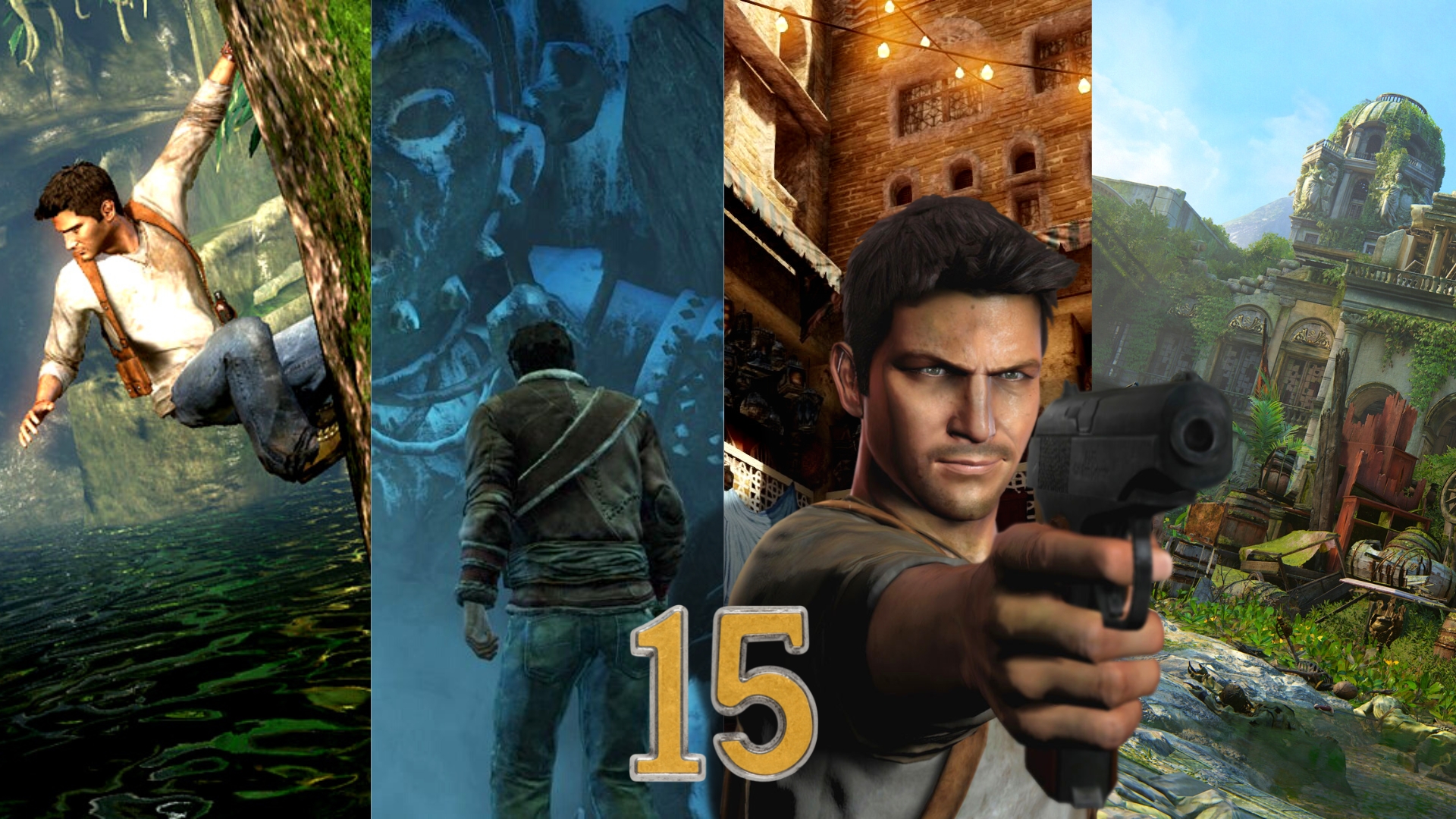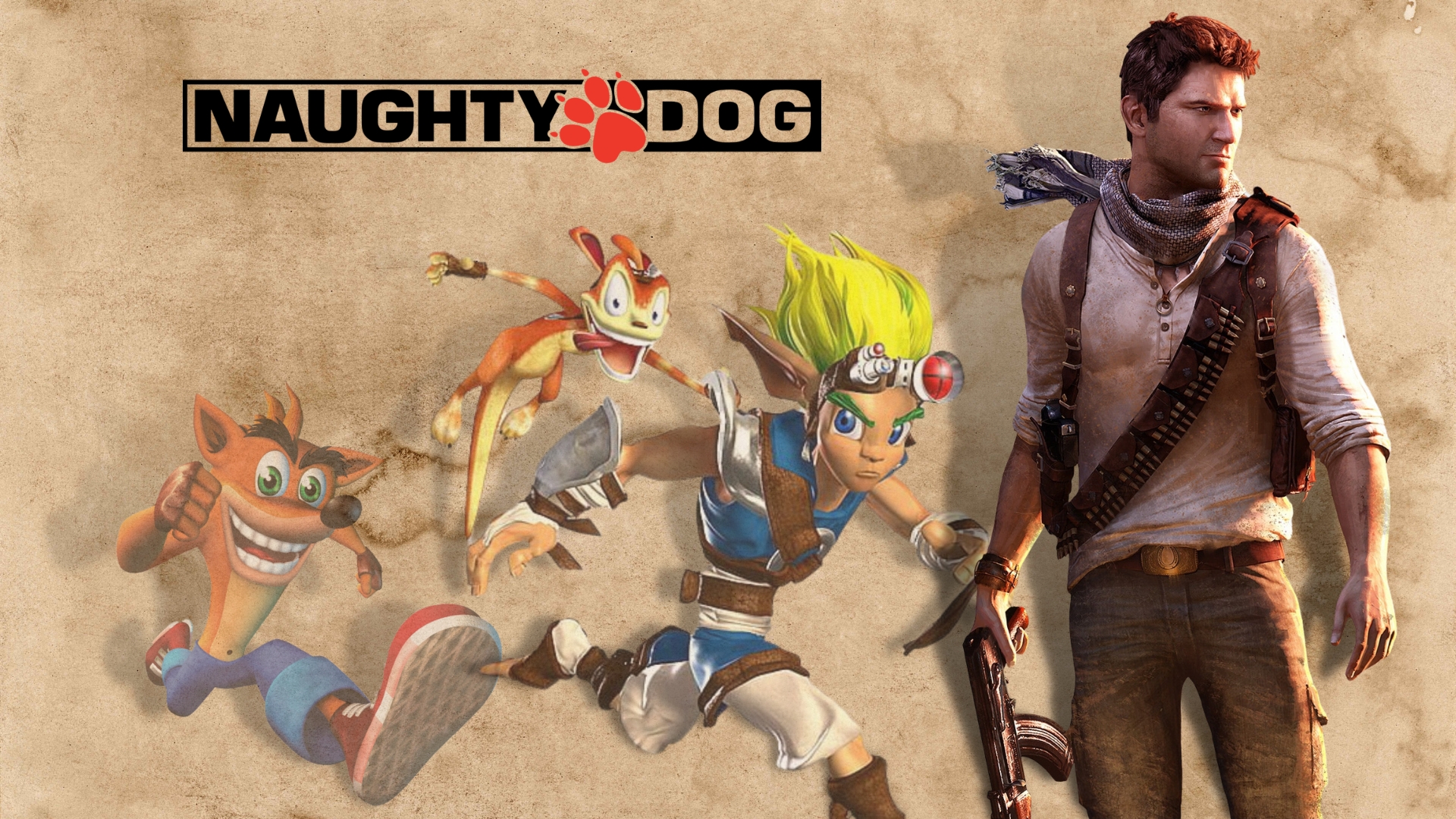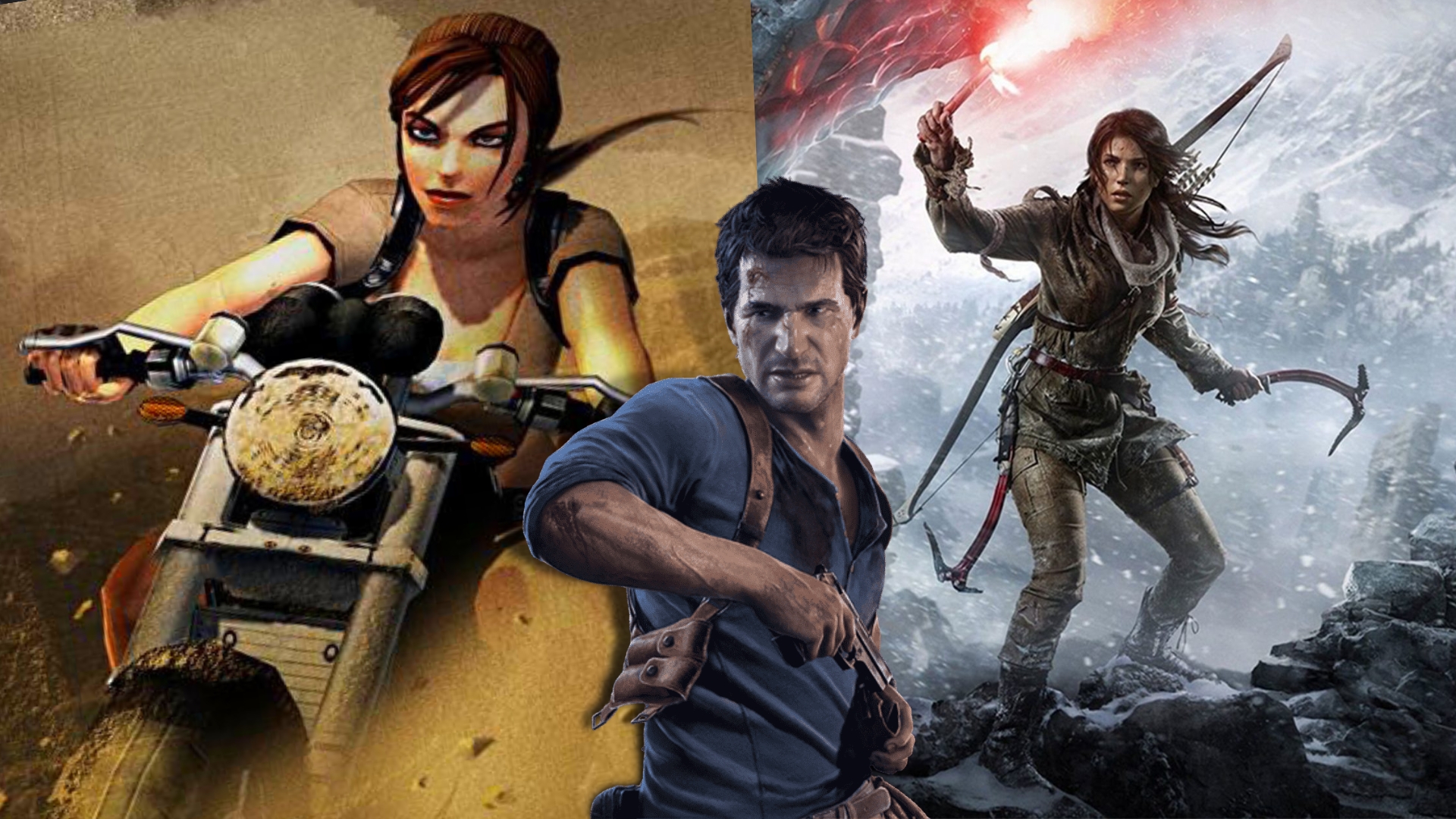Uncharted at 15: how Naughty Dog struck gold with Nathan Drake and co
Charting a path from “Dude Raider” to legacy

Celebrating its 15th anniversary to end 2022, the now-beloved Uncharted franchise’s inaugural entry first hit retail shelves in late 2007 – introducing PlayStation gamers to treasure hunter Nathan Drake and his pals for the very first time with Uncharted: Drake’s Fortune.
Selling over 2.6 million copies in less than two years, the success of this debut adventure would ultimately result in three main sequels to follow in addition to a film adaptation, board game adaptation and more as the franchise’s popularity has only continued to grow.
But in looking back on Uncharted’s initial launch, is a poorly received Mark Wahlberg film really all that we have to thank the PlayStation exclusive series for? Or has Uncharted’s influence on the world of gaming since its debut been far greater than we might initially realise?
Coming from then-already successful developers Naughty Dog, Uncharted: Drake’s Fortune was released in 2007 for the PlayStation 3 (a year after its own launch) to generally positive reviews. The review from the likes of our colleagues at GamesRadar, for example, made a point to highlight the release’s “top-notch production values” and “fun story and endearing characters”, while gamers at home similarly praised its story and overall design.
A further factor contributing to Uncharted’s appeal also came from its ability to deftly balance feelings of being both refreshingly new and yet still comfortably familiar, taking elements from various sources of inspiration with existing success, and subsequently elevating them with a refined focus on story and overall production values. Taking up the treasure-hunting mantle of Lara Croft and Tomb Raider in video games, Uncharted and Naughty Dog would also consider classic pulp fiction novels, serial magazines and treasure hunting films like Indiana Jones as direct sources of inspiration for what Uncharted became.
Indeed, such was the extent to which Uncharted wore these inspirations on its sleeve, the game received the colloquial nickname of “Dude Raider” in anticipation of its release. The assumption for many based on early footage ahead of the game’s release had been that it would end up amounting to little more than a Tomb Raider clone with a male protagonist at the helm.
Had it achieved only this, it might still have been a worthy and enjoyable game, but Naughty Dog had set its sights on its new IP becoming so much more.
Sign up for breaking news, reviews, opinion, top tech deals, and more.
Uncharted: Drake’s Fortune would ultimately take its inspirations to deliver what became a turning point not only for Naughty Dog, but also for the gaming world in general.
Naughty Dog learns new tricks

For Naughty Dog, Uncharted emerged as a title quite a distance removed from the games the studio had previously been known for. Gone was the linear platforming gameplay and animated art styles of the studio’s hit franchises Crash Bandicoot and Jak & Daxter, with Uncharted’s more humanized and focused third person action-adventure taking their place.
At face value, this posed a considerable risk for the developers. Crash was (and still is) a beloved video game franchise, with Jak & Daxter holding a similarly esteemed place in the heart of many Millennial gamers especially. Fans might have reasonably feared that such a departure for Naughty Dog would spell doom for the future of their favourite franchises from the studio. And this fear would prove to be founded too.
Crash Bandicoot fans would end up having to wait over two whole decades for the fourth entry into the franchise’s main series, with that release no longer seeing Naughty Dog at the helm. Jak & Daxter fans have fared even worse, meanwhile, with this franchise having been dormant now for over 18 years since the release of Jak 3 in 2004.
The fallout for Naughty Dog from abandoning these hugely popular series’ could have been enormous, but any angst at the decision appeared to have been swiftly forgotten by most on Uncharted’s release in 2007. Benefiting from noticeably greater production values, superior cinematic immersion and an overall blend of development techniques then rare to gaming, Uncharted: Drake’s Fortune defied any doubts about its developer’s change of direction to instead launch as a welcome breath of fresh air.
Finding protagonist Nathan Drake joined by intrepid reporter Elena Fisher on the hunt for the coffin of long-dead, infamous explorer Sir Francis Drake (believed to be an ancestor to Uncharted’s titular hero), Uncharted: Drake’s Fortune ropes in elements of mythology and historical accuracy to task gamers with discovering the long-lost city of El Dorado – or so it seems.
Of course, the much-loved Tomb Raider franchise had featured a similar blend of history and mythology for years by the time of Uncharted’s launch, and rightly deserves credit for acting as a pioneer on this front. But at that stage the Lara Croft-led series had not managed to accomplish any level of cinematic production value close to those seen with Uncharted, and by the mid-2000s had stagnated as a franchise to an almost complete stall.

Only a year before Uncharted would hit the shelves, for example, Tomb Raider would see the release of a modestly received series reboot with Tomb Raider: Legend. Though not necessarily a bad game, 2006’s Tomb Raider: Legend was nonetheless guilty of doubling down on the same 3D platforming, linear game style that had allowed the franchise to grow stale to that point.
Perhaps it is little surprise then that years later, in 2013, Tomb Raider would receive yet another series reboot which would see its gameplay and overall quality brought much closer to that of its new treasure hunting rival. But by this point, the Uncharted series was celebrating the success of its third mainline title, and the release of Tomb Raider’s newest reboot appeared much more like an Uncharted clone than the first entry in Uncharted’s series had ended up feeling like one of Tomb Raider. This is no mean feat, of course, with both Tomb Raider and its lead character in Lara Croft being gaming icons still to this day.
Nathan Drake and Uncharted, however, simply couldn’t be denied.
Naughty Dog had clearly discovered a winning formula with their new adventure series, and they wasted little time looking to take advantage of the formula’s success with subsequent entries into the series – and with something even greater that was still to come.
Unearthing new treasures
It wasn’t so long ago that the priorities for video games were gameplay first, with story, immersion and realism all distinctly distant concerns. While to some extent this priority allowed developers to churn out games faster and at slightly less cumbersome costs – with developers not having to worry about voice acting, motion capture, etc – this also loomed as a possible cap on gaming’s future potentials.
There had been outliers and exceptions in the earlier decades of gaming, of course, with the likes of the initial Final Fantasy games and debuts for both Metal Gear Solid and Half Life standing out as prime examples to have seen release before 2000. But a focus on story, realism and value placed on true immersion didn’t truly begin to gain rapid traction in video game development until at least the beginning of the 21st century.
For Naughty Dog as developers, they themselves had failed to truly embrace these development priorities before Uncharted’s release, at which point they suddenly announced themselves as being major players in the future of gaming’s abilities to rival cinema for production and immersion values. And while Uncharted would mark their true beginning in this arena, Naughty Dog’s real powerhouse wouldn’t emerge until six years after Uncharted’s debut – with the launch of The Last of Us for the PlayStation 3 in 2013.
That title, released to considerable and almost unanimous acclaim, has fast become Naughty Dog’s defining franchise even with only two main titles so far (and a TV adaptation on the way). And its conception relies almost entirely on Uncharted’s success, with that series walking so that The Last of Us could run.

Naturally, one can’t discuss the successes of Uncharted and The Last of Us without also recognising the sacrifices that were made by many of the development teams for both, with Naughty Dog having become notorious for its “crunch” working conditions. The alleged extent of these sacrifices is difficult to justify, with working conditions during the development of Uncharted 4 as an example leading 70% of non-lead designers for the game to reportedly flee Naughty Dog upon its release.
But it’s equally hard to deny the quality of the games that came as a result of this hard work, with all credit going to the development teams even if in recognising the disappointment of the alleged conditions they were faced with.
Uncharted has built an enviable legacy as a franchise since launching in 2007, with its influence arguably visible everywhere in modern gaming beyond even the bounds of the PlayStation which the series is exclusive to.
PlayStation already boasts four of the top ten highest-selling consoles of all time, with the next-gen PlayStation 5 well on its way to joining them, and the consoles’ first-party titles play a large role in that. Many of these owe some extent of their acclaim and success to the ground that Uncharted first tread, with games like Marvel’s Spider-Man, Horizon: Zero Dawn and 2018’s soft reboot of the God of War franchise each benefiting from Uncharted’s legacy.
Even after 15 years of life, Uncharted manages to maintain the sense of wonder and cinematic awe that allowed it to stand out in the first place, with its cinematic production values, likeable characters and immersive story leading an influence which modern gaming still benefits from today.

James is a senior journalist with the TechRadar Australia team, covering news, analysis and reviews in the worlds of tech and the web with a particular focus on smartphones, TVs and home entertainment, AR/VR, gaming and digital behaviour trends. He has worked for over six years in broadcast, digital and print journalism in Australia and also spent time as a nationally recognised academic specialising in social and digital behaviour trends. In his spare time, he can typically be found bouncing between one of a number of gaming platforms or watching anything horror.